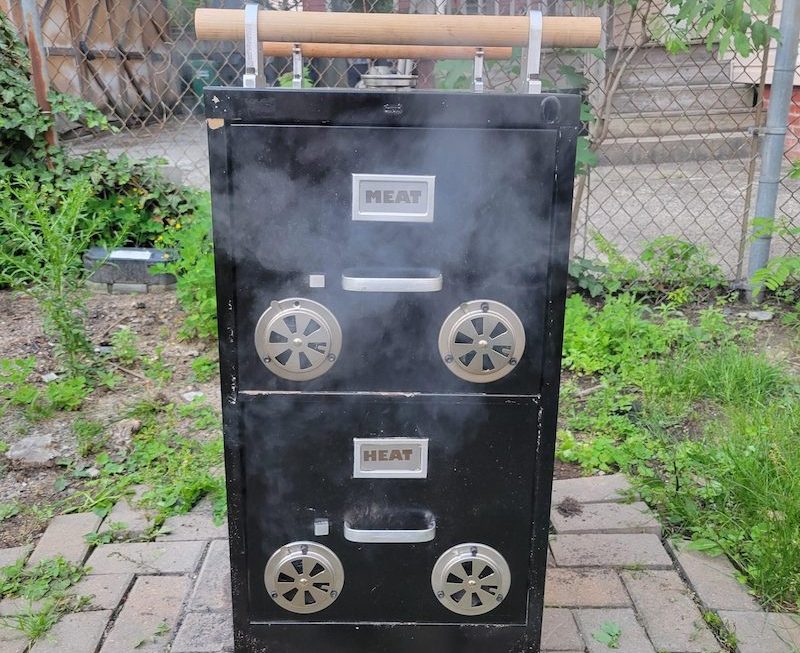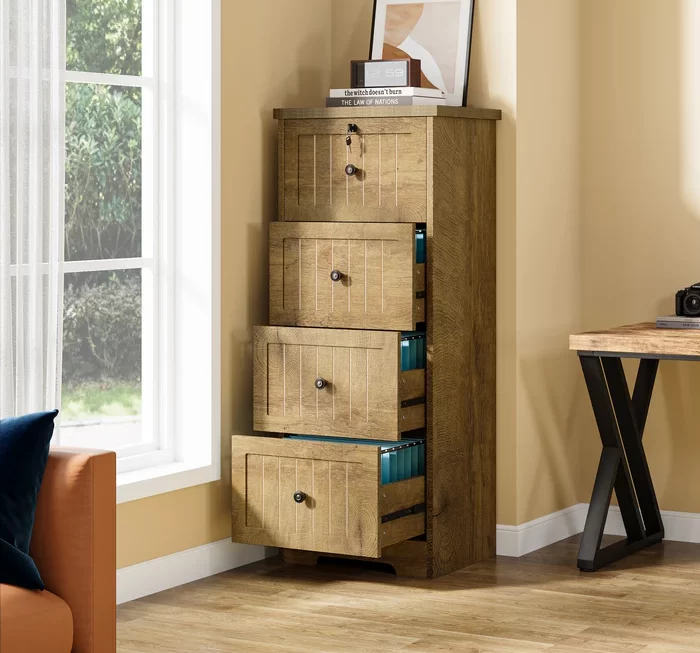Building a base cabinet can be an enjoyable project. It adds storage space and enhances the aesthetic of any room. Whether for your kitchen, bathroom, or garage, this guide will walk you through every step of the process. We will cover necessary materials, tools, and step-by-step instructions to help you create a sturdy and stylish base cabinet.
 Table of Contents
Table of Contents
- Introduction
- Planning Your Project
- 2.1 Measuring the Space
- 2.2 Choosing the Design
- Gathering Materials
- 3.1 Basic Materials
- 3.2 Optional Materials
- Tools You Will Need
- Building Process
- 5.1 Cutting the Wood
- 5.2 Assembling the Frame
- 5.3 Adding the Shelves
- 5.4 Installing the Doors
- Finishing Touches
- 6.1 Sanding
- 6.2 Painting or Staining
- Conclusion
 1. Introduction
1. Introduction
Creating a base cabinet is a rewarding experience. It offers you the chance to express your creativity while building something functional. A base cabinet is not just a box; it is a structure that supports your needs. With careful planning and execution, you can build a cabinet that will last for years. This guide simplifies the process, so even beginners can follow along.
2. Planning Your Project
How to build a base cabinet
Before you start building, take time to plan. Good planning sets the tone for the entire project.
2.1 Measuring the Space
Begin by measuring the area where your base cabinet will go. Use a tape measure to get the dimensions — height, width, and depth. Make sure to consider the space around it. You want enough room to open doors and access shelves easily.
2.2 Choosing the Design
Your base cabinet can have many designs. Consider the style of the surrounding room. Do you prefer a modern look or something more traditional? Sketch the design on paper. This will help visualize the final product.
3. Gathering Materials
Next, you need to gather materials. Make a checklist to ensure you have everything.
 3.1 Basic Materials
3.1 Basic Materials
- Plywood or MDF: These are popular choices for cabinet bases.
- Wood Glue: This helps secure joints.
- Screws: Use 1.5-inch screws for sturdiness.
- Hinges: Choose appropriate hinges for your doors.
- Drawer Slides: If you are adding drawers, get good-quality slides.
3.2 Optional Materials
- Trim: For a decorative touch.
- Wood Filler: To fill in any gaps or holes.
- Casters: If you want your cabinet to be mobile.
4. Tools You Will Need
How to build a base cabinet
Having the right tools makes the work easier. Here’s a list of essential tools:
- Table Saw: For cutting wood precisely.
- Drill: For making holes and driving screws.
- Screwdriver: For assembling parts.
- Measuring Tape: To double-check measurements.
- Clamps: To hold pieces together while the glue dries.
5. Building Process
Now it’s time for the fun part: building your base cabinet!
5.1 Cutting the Wood
Start by cutting the plywood or MDF into the necessary pieces. You will need:
- Two side panels
- A top panel
- A bottom panel
- Back panel
- Shelves (if using)
Use your table saw for straight cuts. Always wear safety goggles to protect your eyes. Measure twice and cut once to avoid mistakes.
 5.2 Assembling the Frame
5.2 Assembling the Frame
How to build a base cabinet
Begin assembling the cabinet frame.
- Join the side panels to the bottom panel using wood glue and screws. Ensure everything is square.
- Attach the top panel. This adds stability to the structure.
- Secure the back panel next. This will prevent the cabinet from wobbling.
Use clamps to hold the pieces together until the glue dries. This may take a couple of hours.
5.3 Adding the Shelves
If your design includes shelves, mark where you want them to go.
- Drill holes for shelf pins. These small holes will hold the pins that support the shelves.
- Insert the shelf pins.
- Place the shelves on top of the pins.
Make sure they are level. Adjust if necessary.
 5.4 Installing the Doors
5.4 Installing the Doors
Doors add a finished look to your cabinet.
- Cut the door panels to size. You need two doors if your cabinet has one opening.
- Attach the hinges to the doors first. Mark where you want the hinges for perfect alignment.
- Secure the doors to the cabinet frame. Test to ensure they open and close smoothly.
6. Finishing Touches
How to build a base cabinet
Once the cabinet structure is complete, the last steps involve finishing touches.
6.1 Sanding
Use sandpaper to smooth out rough edges. Pay special attention to areas that will be visible. Sanding helps prevent splinters and gives a cleaner appearance.
6.2 Painting or Staining
Decide if you want to paint or stain your cabinet.
- If painting, use a primer first. Then apply your chosen color.
- For staining, choose a stain that matches your decor. Apply with a brush and wipe off excess.
Let it dry completely before using.
Common types:
Base cabinets come in various types, each serving different purposes and styles. Here are some common types:
Standard Base Cabinets: These are the typical cabinets found in kitchens, usually used to support countertops. They usually come in standard sizes like 30 inches in height and various widths.
Drawer Base Cabinets: These cabinets feature drawers instead of shelves, making them ideal for storing utensils, pots, and pans.
Sink Base Cabinets: Specifically designed to accommodate a sink, these cabinets often have a cutout in the center and provide space for plumbing underneath.
Corner Base Cabinets: Designed to fit into corners, these cabinets utilize the space efficiently and often feature a lazy Susan or other storage solutions inside.
Pull-Out Base Cabinets: These are designed to offer easy access to items within, featuring shelves or racks that pull out for convenience.
Appliance Base Cabinets: Created to hold specific appliances like dishwashers or microwaves, these cabinets are built to fit around the dimensions of the chosen appliance.
End Panels and Filler Cabinets: Used to finish off cabinet runs or fill in gaps, these cabinets provide a polished look and can also include additional storage.
Base Kitchen Islands: These are standalone units that can provide additional storage and workspace in the kitchen. They often include cabinetry on all sides.
Each type of base cabinet can be customized in terms of finishes, colors, and materials to fit the overall design of a room.
Some of the current popular trends:
How to build a base cabinet
The trends in base cabinets are constantly evolving, reflecting changes in design preferences, functionality, and technology. Here are some of the current popular trends:
Open Shelving: While traditional closed cabinets remain popular, open shelving is gaining traction, allowing homeowners to display decorative items and frequently used kitchenware.
Two-Tone Finishes: Using different colors or materials for upper and lower cabinets can create visual interest and add depth to the kitchen design.
Matte Finishes: Matte finishes are becoming increasingly popular, providing a sophisticated look that is less prone to showing fingerprints and smudges than glossy surfaces.
Smart Technology: Integration of smart technology, such as motion-sensor lights and built-in charging stations, is becoming more common in base cabinets, enhancing convenience.
Sustainable Materials: There is a growing preference for eco-friendly materials and finishes, reflecting an increasing awareness of environmental impact.
Custom Storage Solutions: Tailored cabinetry that maximizes space with features like pull-out shelves, lazy Susans, and drawer dividers is in demand for enhanced organization.
Minimalist Design: Clean lines and minimalist designs are favored, focusing on simplicity and functionality, often seen in contemporary and modern kitchens.
Bold Colors: Rich, bold colors, such as navy blue, forest green, and even black, are being embraced over traditional white or light hues for a more dramatic effect.
Textured Surfaces: Incorporating textures, such as wood grains or raised paneling, adds dimension and interest to cabinet designs.
Integrated Lighting: LED strip lighting within cabinets or under cabinets not only enhances aesthetics but also improves functionality.
These trends indicate a shift towards personalized, functional, and stylish cabinetry that meets the needs of modern homeowners.
7. Conclusion
How to build a base cabinet
Building a base cabinet is a straightforward project with lasting benefits. Following this comprehensive guide ensures that even beginners can succeed. Remember, the key to a great cabinet lies in careful planning and attention to detail.
Now that you have the skills and knowledge, gather your tools and materials and start your project. Enjoy the process and take pride in your work. Happy building!



